

The Honda XBR 500 is a 500cc Japanese sports motorcycle launched by Honda in 1985 and in response to the Yamaha SR500. It is powered by a single-cylinder four-valve engine with the valve stem axes arranged radially relative to the geometric centre of the hemispherical combustion chamber – (Honda’s Radial Four Valve Combustion Chamber, or RFVC) and actuated by rockers and intermediate sub-rockers. Displacing 498 cc (30.4 cu in) and producing 27 or 44 hp (depending upon specific market legislation),[citation needed] the engine, having its origins in the Honda XR series off-road models, features a “quasi-dry sump”, the bulk of the oil being stored in a separate tank below the seat but a proportion (ca. 0,5 litres) of the lubricant remaining in the crankcase sump. The steel-braided hoses connecting the oil tank to the engine (clearly visible at the right-hand side of the motorcycle) are a strong visual element.
The two exhaust valves enabled the motorcycle to be fitted with two separate exhaust systems. The motorcycle had both an electric start and a kick start. On earlier models, the kick start was linked by a cable to an exhaust valve lifter to reduce cylinder compression during manual engine starting; later examples incorporated an automatic valve lifter as part of the camshaft assembly. This also assisted in reducing the starter motor cranking loads. The fuel-efficient engine combined with the large fuel tank capacity (20 litres/5,28 US galls) provided the bike with a long range (typically well in excess of 200 miles/322km) between refueling.
XBR500s (F,G and some H sub-types) were fitted with 18″ Comstar wheels and tubeless tyres, 100/90 front and 110/90 rear. The frame was of a single-downtube, dual-cradle design having a box-section swinging arm and conventionally sprung rear suspension. The last iterations – some XBR500H and all XBR500J types – were supplied with traditional wire wheels and tubed tyres. The narrow, 150kg (dry) XBR500 with a wheelbase of 1,400 mm (55 in) is a fine-handling machine with a sprightly performance. A detachable pillion seat cover was supplied to simulate a café-racer look, but Honda subsequently released a dedicated café racer version of near-identical mechanical specification although of lesser power – the Honda GB500 TT – which featured some “classic British qualities”, such as a solo seat, seat hump, wire wheels, two-into-one exhaust system and a fuel-tank with gold pinstriping reminiscent of the earlier AJS and Velocette machines thought to inspire its styling.
References

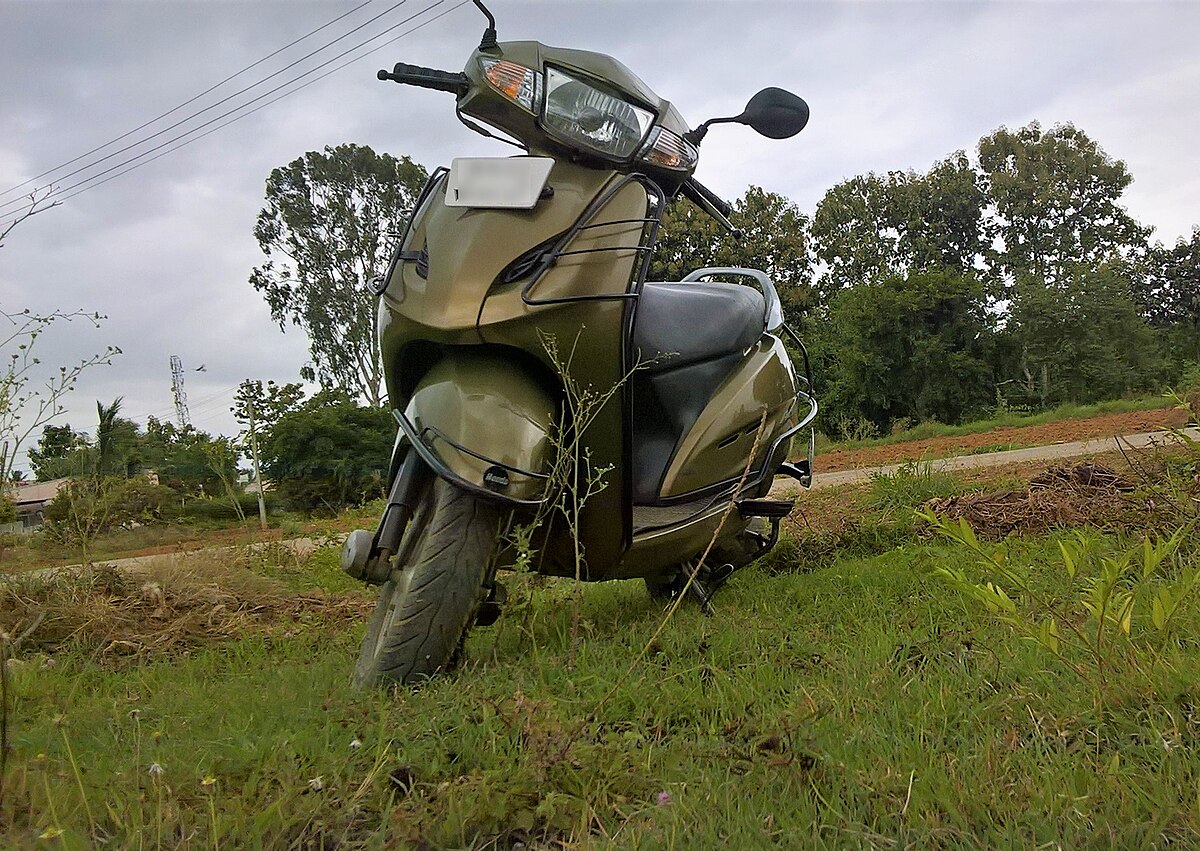 Honda Activa
Honda Activa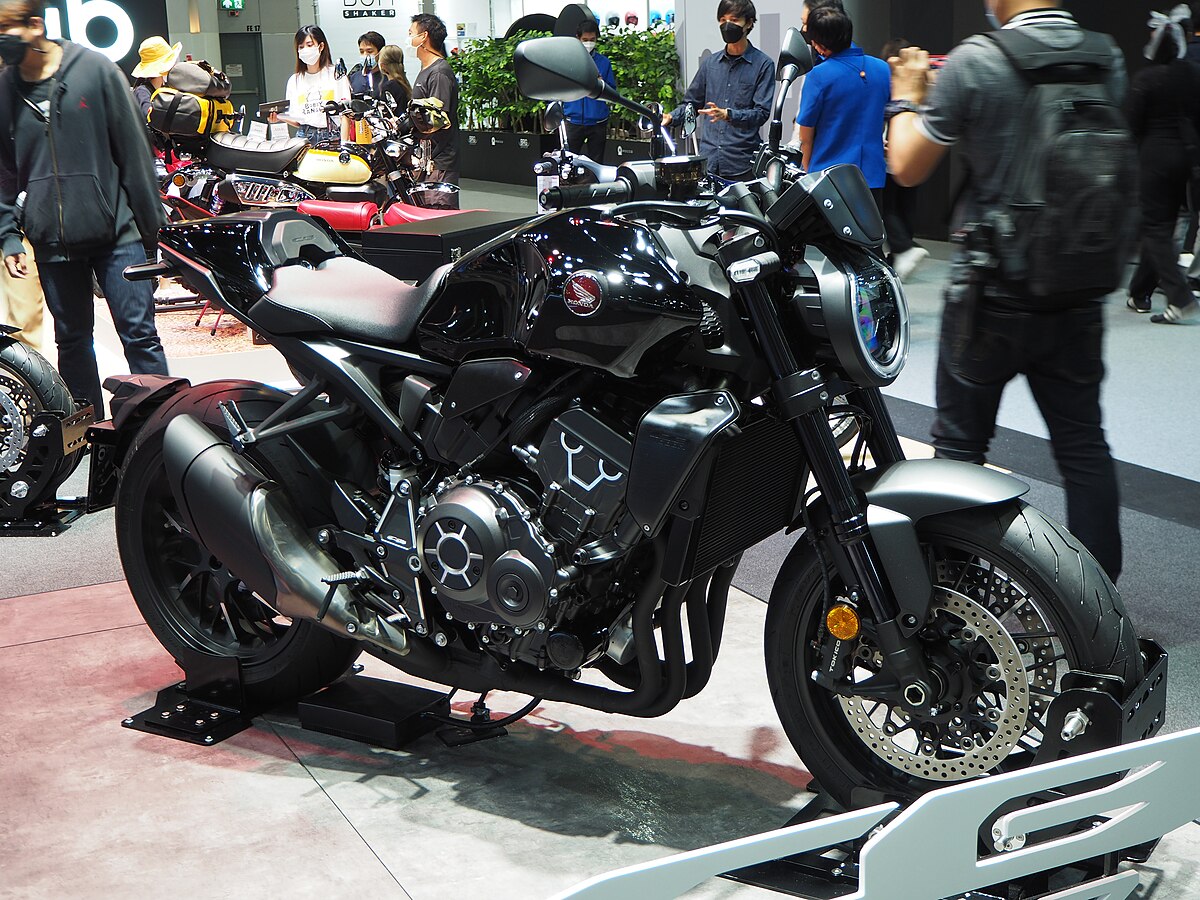 Honda CB1000R
Honda CB1000R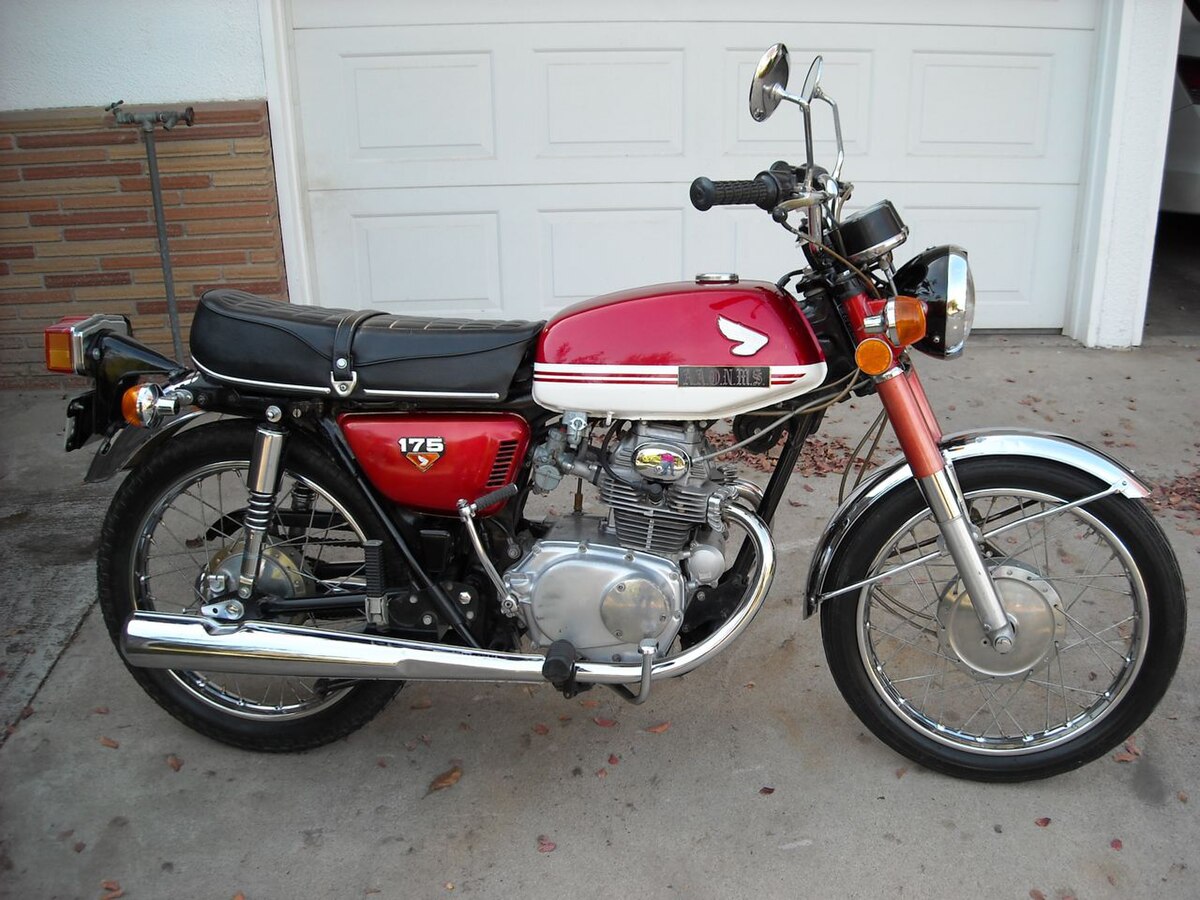 Honda CB200 and CL200
Honda CB200 and CL200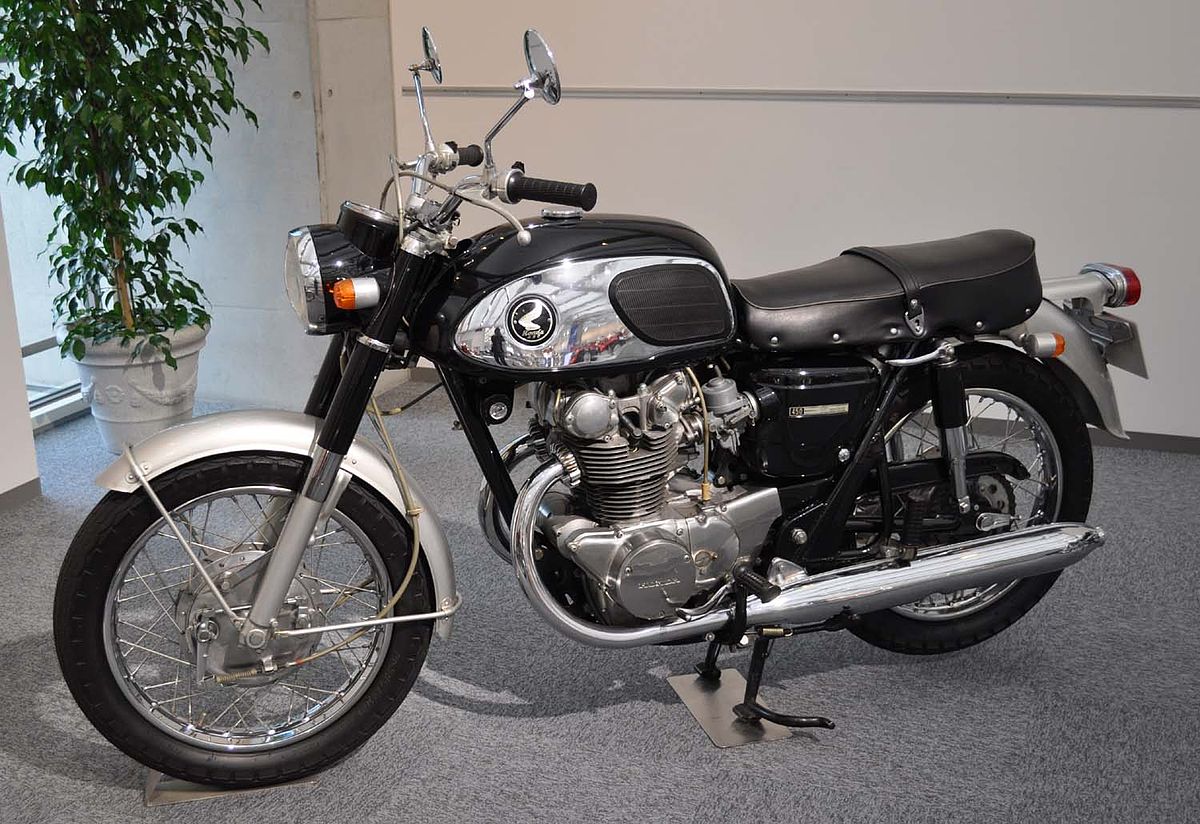 Honda CB450
Honda CB450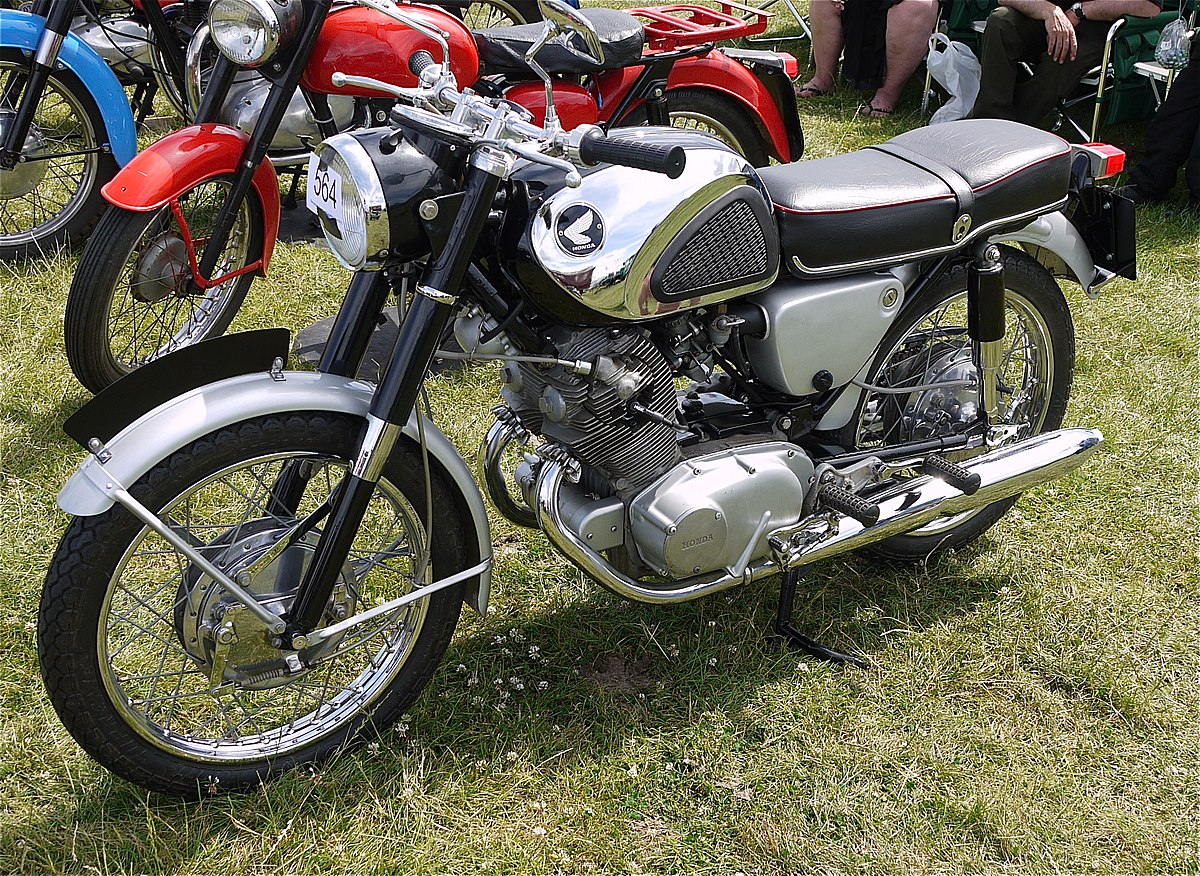 Honda CB77
Honda CB77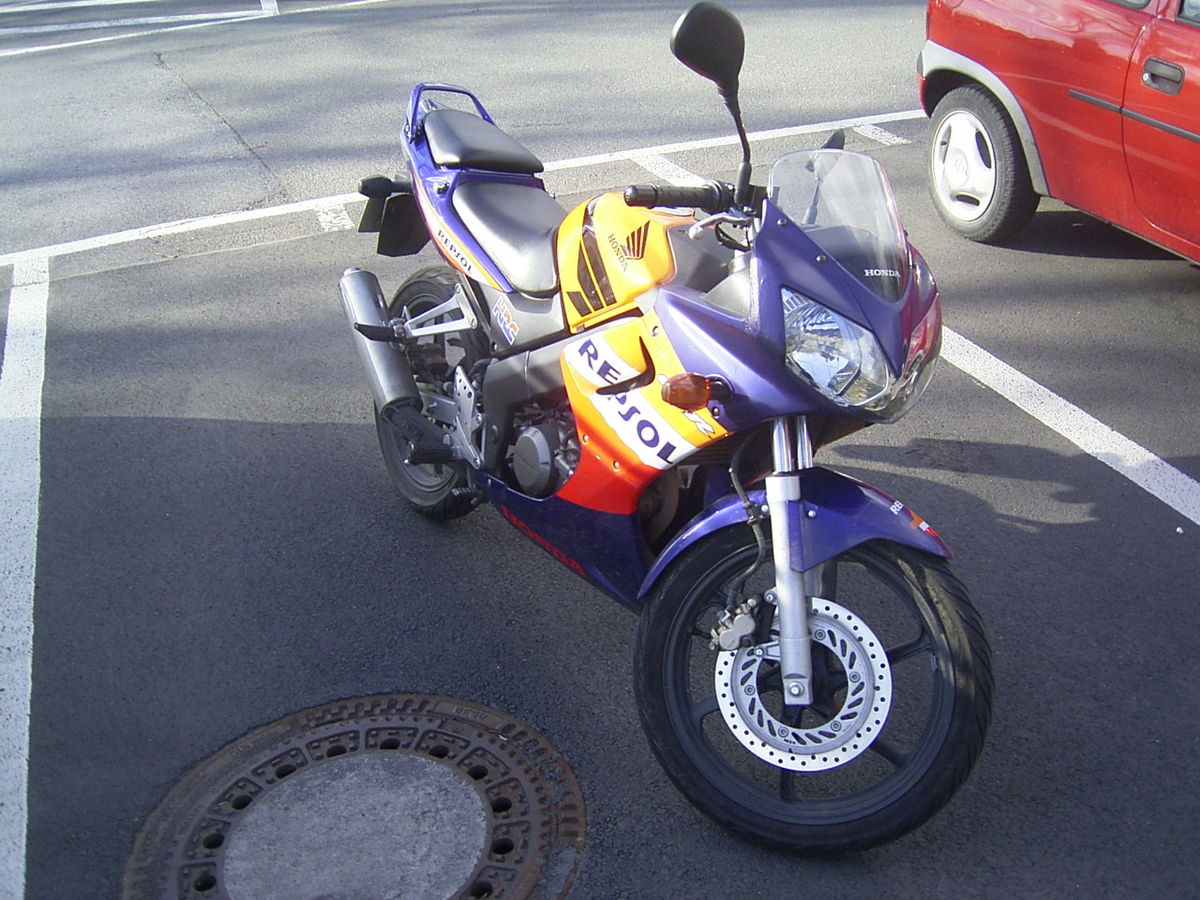 Honda CBR125R
Honda CBR125R Honda CBX series
Honda CBX series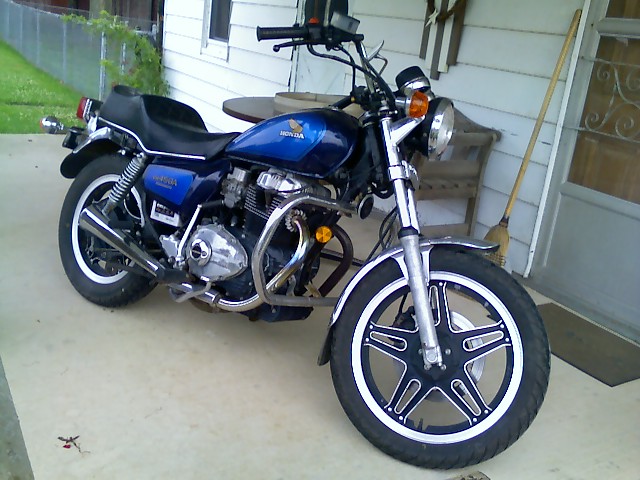 Honda CM450A
Honda CM450A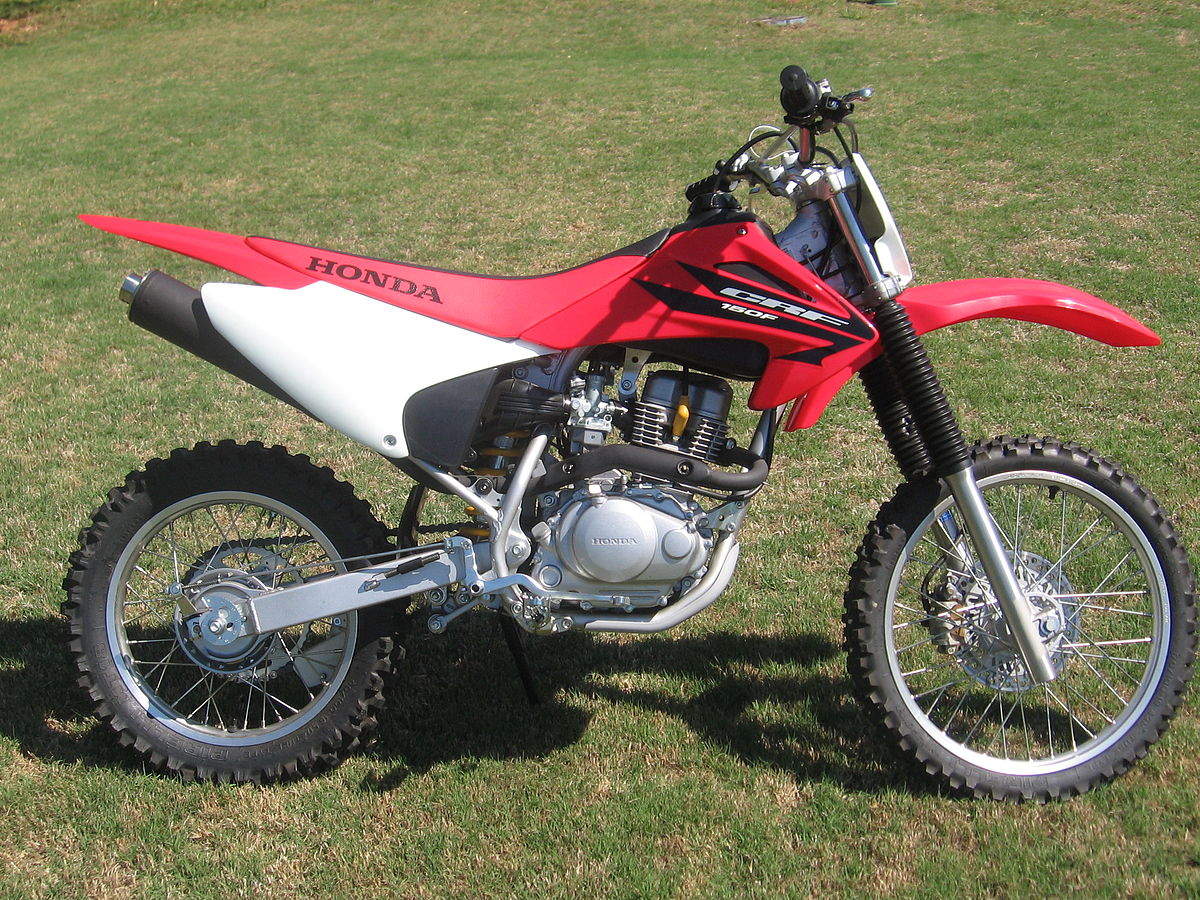 Honda CRF150F
Honda CRF150F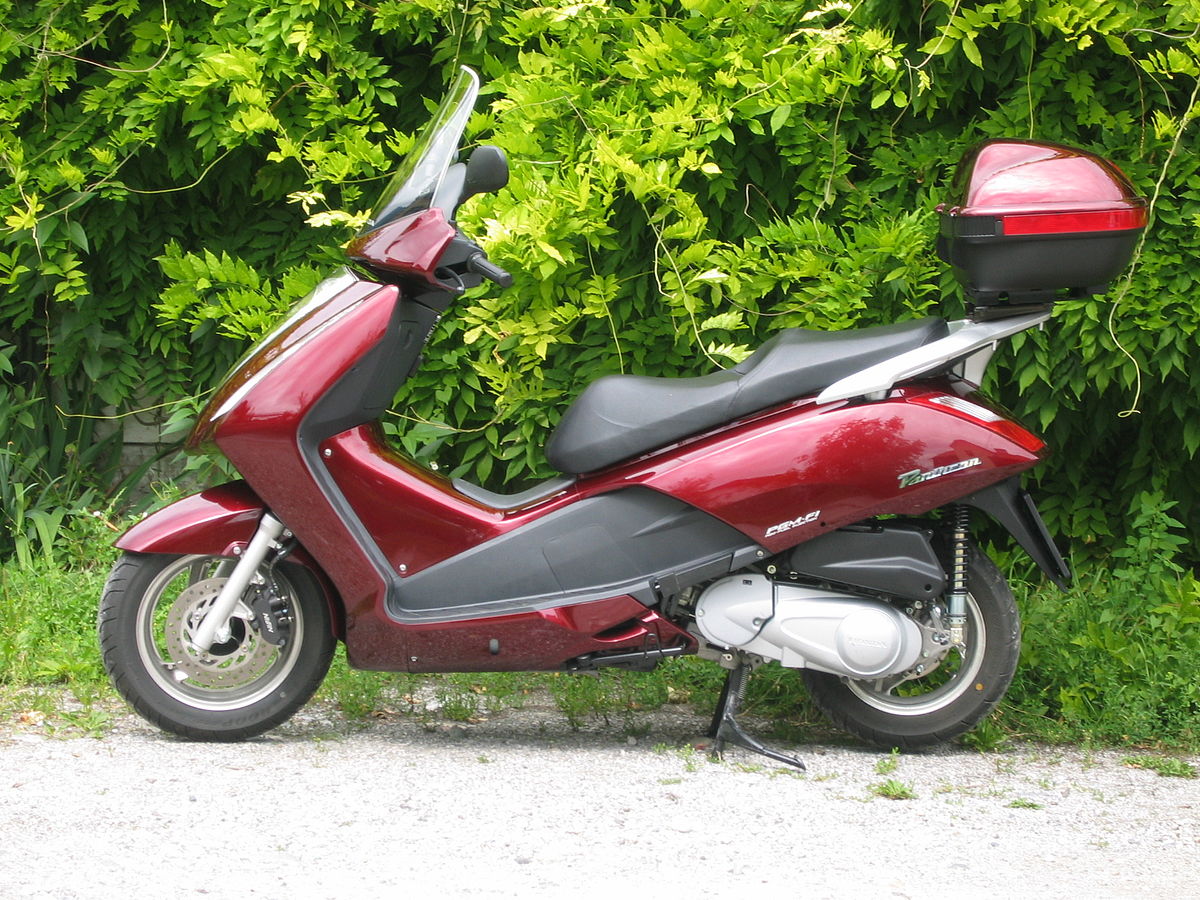 Honda Pantheon
Honda Pantheon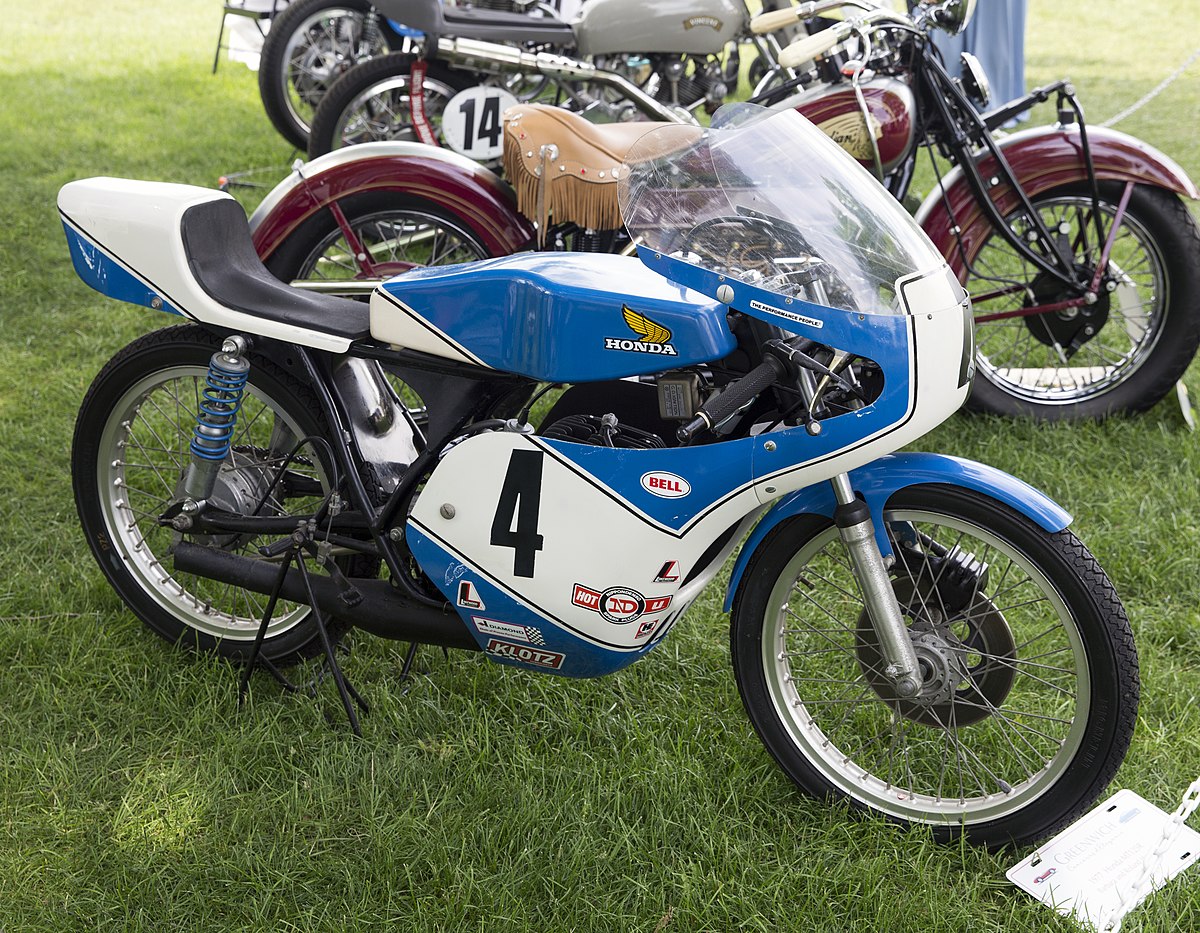 Honda MT125R
Honda MT125R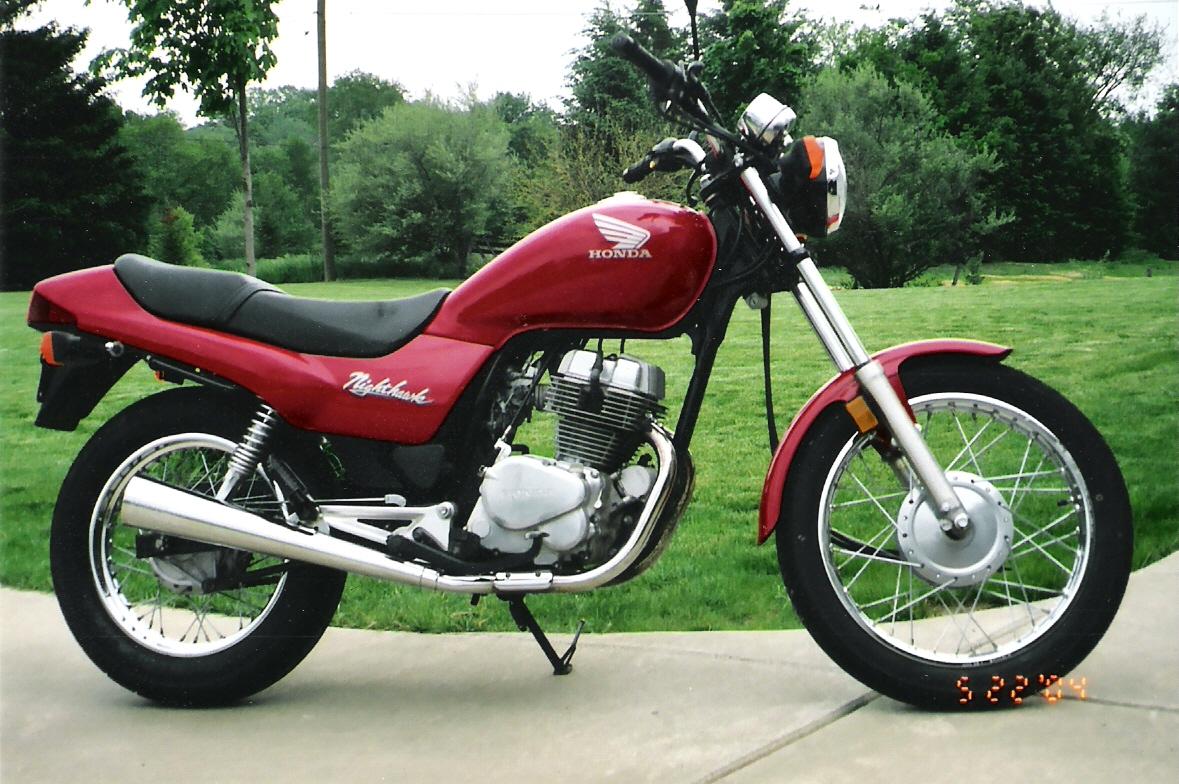 Honda Nighthawk 250
Honda Nighthawk 250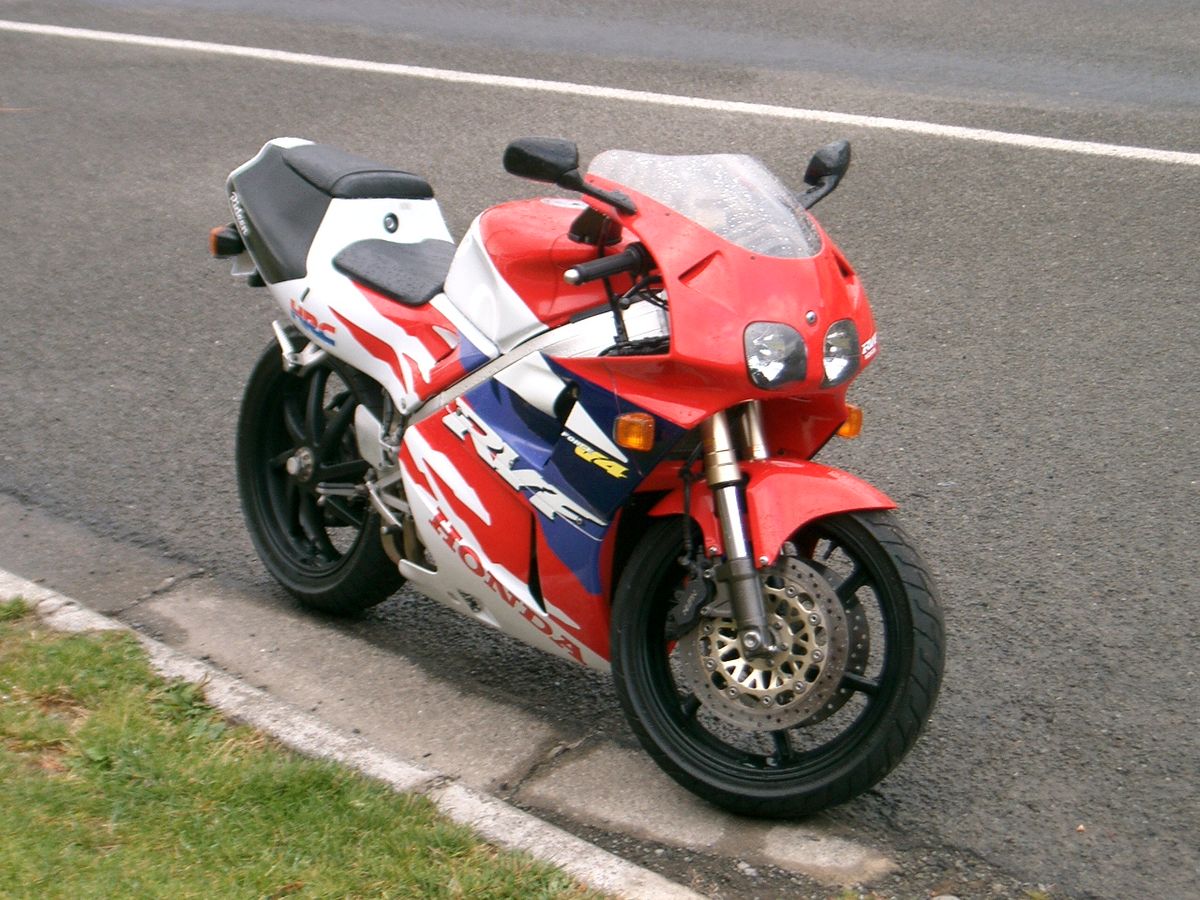 Honda RVF400
Honda RVF400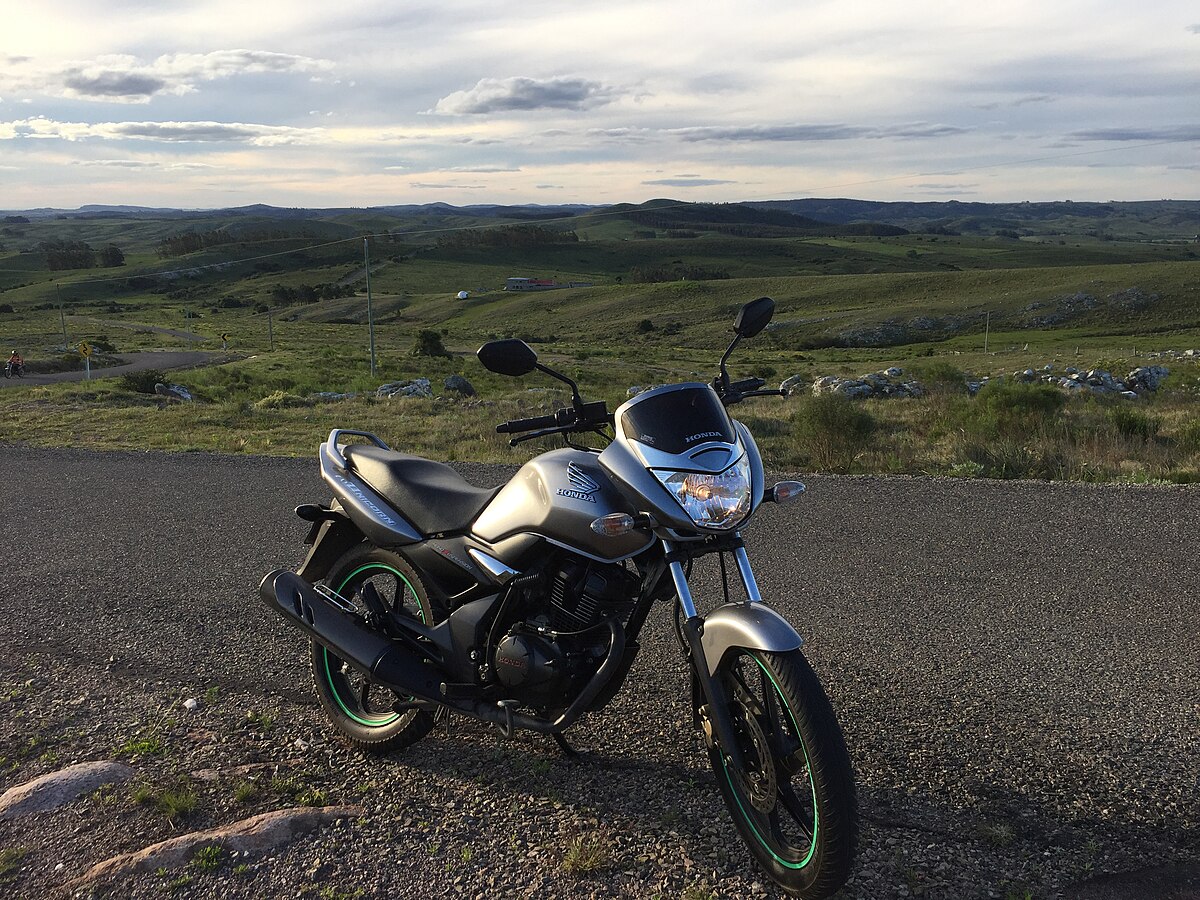 Honda Unicorn
Honda Unicorn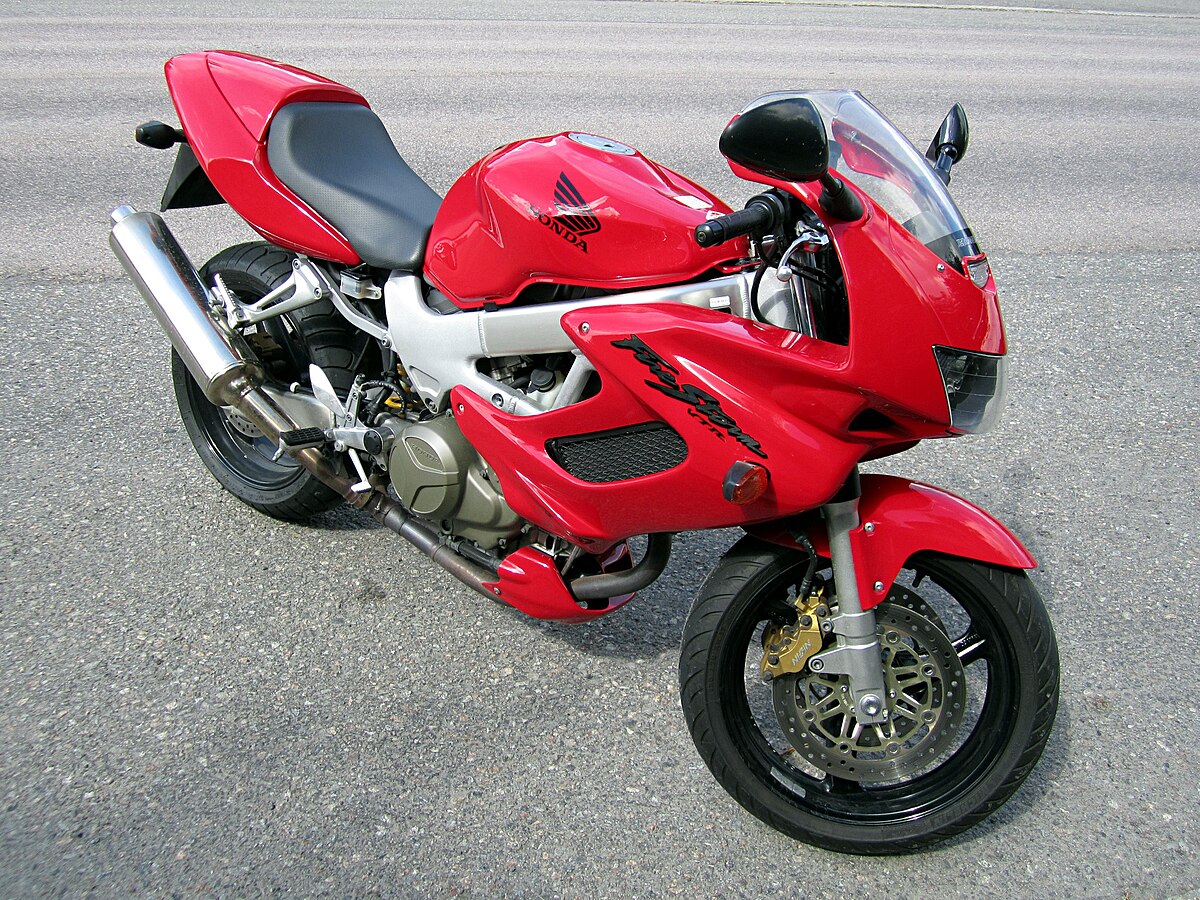 Honda VTR1000F
Honda VTR1000F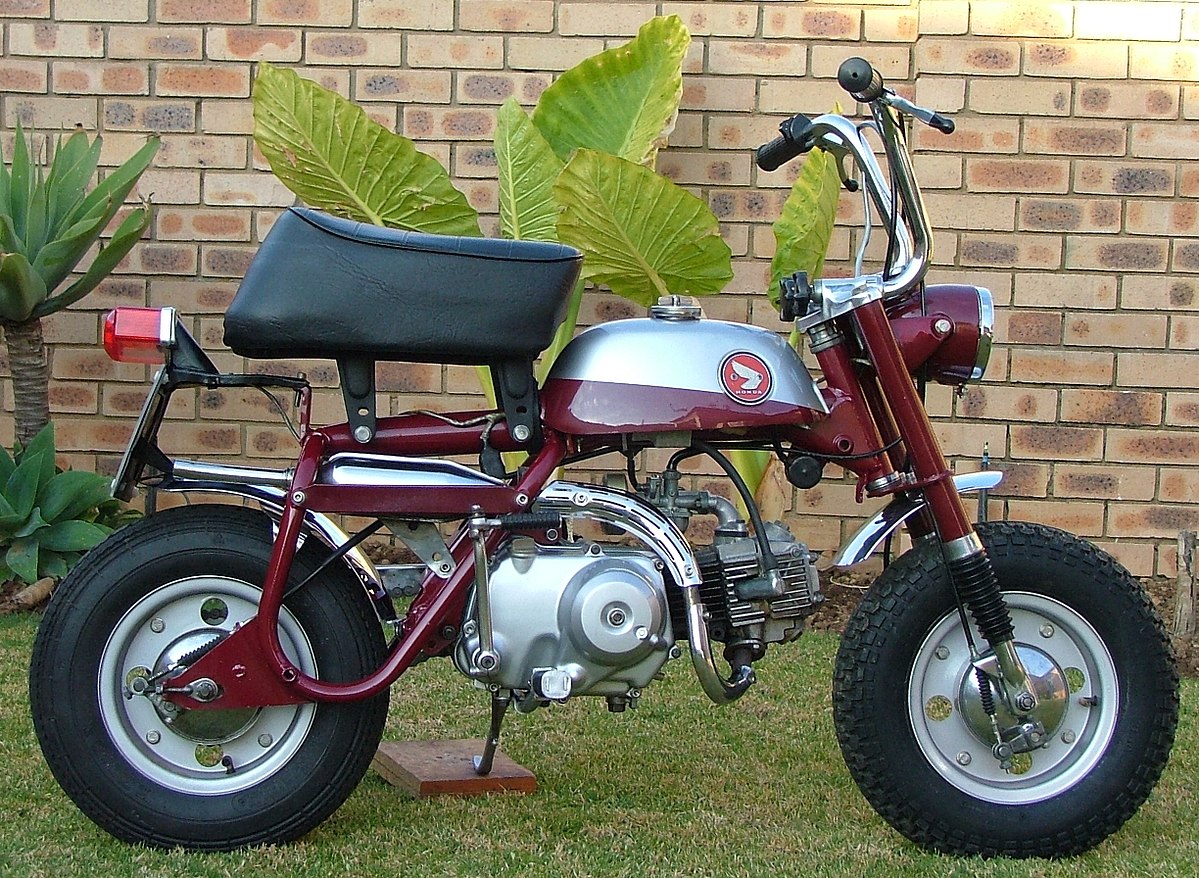 Honda Z50A
Honda Z50A